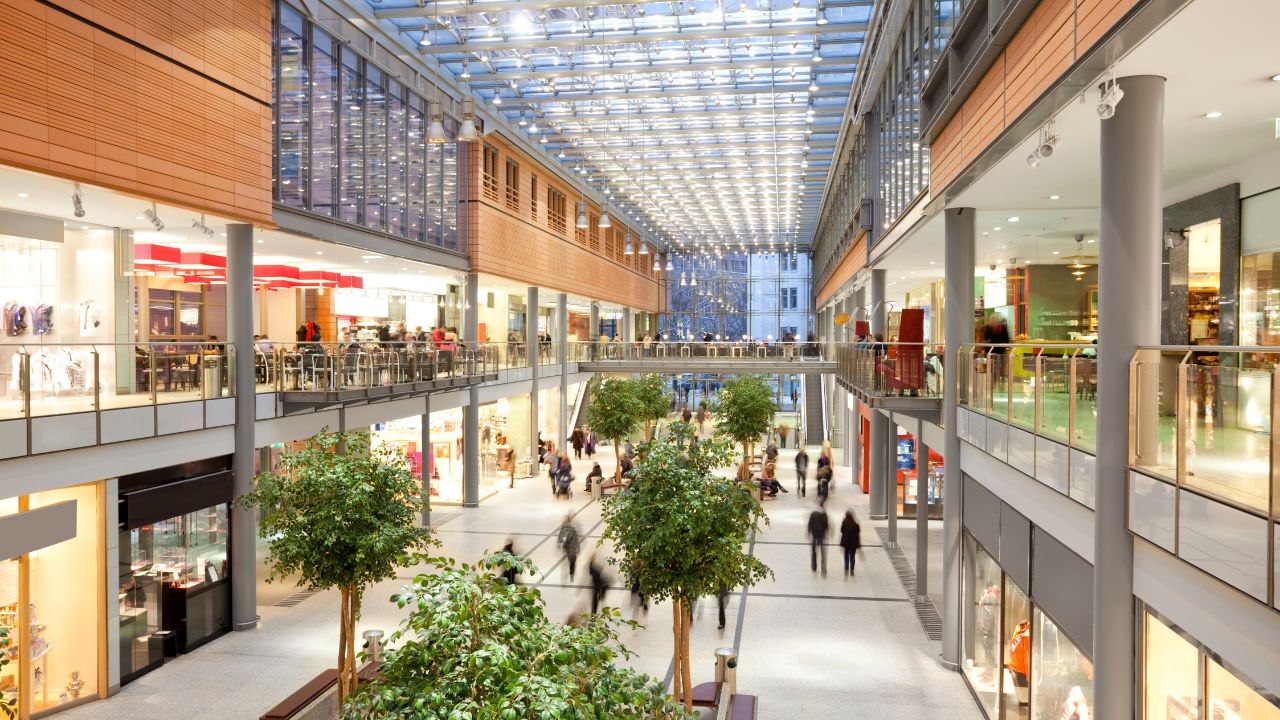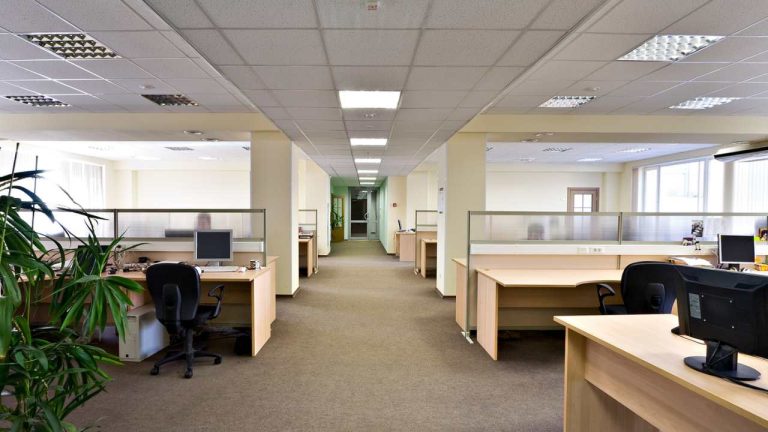Best Practices for Shopping Centre Management and Leasing: A Step-by-Step Approach
A shopping centre today is a popular type of property investment. Even with the changes to the internet and shopping patterns with consumers, retail shopping centres are a popular choice with experienced investors.
Every shopping centre manager should have a ‘game plan’ for managing and leasing retail properties that they are involved with. Let’s look at that.
One thing that applies to all types of shopping centres worldwide should be said. It is a ‘complex’ class of property that requires planning, strategies, and action plans. There are various stakeholders to consider and work with.
Retail Results
The tenants, the customers, and the landlord are all looking for the property to ‘perform’ as an asset and a long-term investment. A retail shopping centre is not an ‘experiment’ in cash flow; it is a specialised form of property investment.
It is easy to see a successful retail property attracting customers and generating sales for the long term. That is good for the landlord and the community.

Retail Property Management Systems
So, where can you start with the right controls and systems that could apply to a managed retail property?
The shopping centre manager is the ‘expert’ and must control certain elements of retail property performance; that is where the ‘game plan’ starts. Here are some ideas for that.
1. Property Design and Operations
Start with a detailed property inspection. Walk around to inspect all aspects of design and property use.
Consider how tenants and customers use the property and look for associated risks given the services, amenities, property design, car parking, security, cleaning and building function.
Consider the physical state of the property when it comes to existing repairs and maintenance and known operational conditions. Are there any risk factors impacting customer and/or tenant usage?
Document everything you find of some concern and take plenty of photographs as part of the process.
2. Shop Vacancies and Predictions
There will be pressures on occupancy throughout the year, and vacancies will happen. Tenants will come and go based on lease expiration, business activity, and sales potential.
Not all tenants are the best for any shop, so the right leasing tenant choices should be made with every vacancy.
Tenant placement should always be optimised to minimise vacancy pressures over time. That is where tenancy management and tenant retention plans should be implemented. They are forward-looking strategies to optimise occupancy and minimise vacancies.
3. Retail Leasing Plan
From the previous point, leasing strategies are applied to any vacancies currently and known. An experienced leasing agent will provide the leasing coverage and be given a brief on what types of tenants should be located for any vacancy.
Leasing strategies should include marketing monies, marketing of vacancies, targeted tenants, landlord works programs, lease terms to be offered, and incentives to be considered. In that way, the whole leasing program is ready for application when needed with any vacancy.
4. Income Streams and Rent Budgets
Property performance, market rents, tenant selection, and vacancy pressures impact the income for retail property.
A good way to work with this is to set market rents across the property that can be used when vacancies arise. You can also set rents to be used in case of upcoming rent reviews.
So, the income stream can be predicted and applied to the income budget for the property before each financial year. Expenditures, capital works programs, outgoings, recoveries, and payments will also impact the income streams and should be considered.
Adjustments can be made to the income budget each month or quarter based on known and identified property performance and occupancy changes.

5. Lease Documentation Facts
Check out the lease documentation early in any property take-up or handover. There is only one way to do that: by reading the documentation and extracting key clauses, dates, reminders, and activities that impact occupancy.
Every lease or property occupancy document is unique and different. The lease terms and conditions that apply to the tenants and the landlord should all be checked, reviewed, and applied at the right time.
In a shopping centre of size containing many tenants, the ‘critical date’ plan for the property can be complex.
6. Improving the Tenancy Mix
Given the previous point relating to lease documentation, the following review stage is the tenancy mix. Consider where the tenants are located through the mall now and how those tenants service customers.
Look at the clusters of tenants to see if the tenant mix and sales potential can be improved by moving tenants around or finding other tenants outside of the property currently.
Do a SWOT analysis on the tenant mix and the customer requirements. Soon you will see other retailers that can strengthen the overall retail offering and tenancy mix.
7. Maintenance Controls and Planning
When considering the maintenance topic, start with the essential plant and equipment. They are the plant elements that will immediately impact property use and occupancy.
The essential plant would include air conditioning, power, water supply and drainage, lighting, and fire safety equipment. Have your contractors give you an assessment of plant age, condition, and function.
A loss of function with the essential plant and equipment will impact occupancy and trade. That can mean loss of rent and a disruption to trade.
8. Risk Controls and Enviromental Factors
Every investment property contains risk or can be impacted by risk events. The risk factors escalate when you add tenants and customers to retail property.
Fire prevention, injury responses, environmental threats, security events, and cleaning are risk-related systems to think about. Every potential risk event must have an established response process.
9. Renovation and Relocation
Larger renovation and relocation issues in a shopping centre are usually those associated with capital works. They are not standard matters of maintenance. Plan for the times of the year when disruption is minimised.
10. Business Planning the Shopping Centre
These factors come together in a business plan for the property.
The retail property business plan creates decisions and tracking processes for income, expenditure, leasing, maintenance, documentation, and risk controls.
It is set before the financial year’s start and adjusted through the year based on retail trends, the economy, and retail sales.

Game Plan Summary
So, this is the basis of a game plan for shopping centre owners and managers. You can add to the list based on locational factors and your property design and function.
These systems and controls will help you achieve better results and opportunities for tenants, landlords, and customers.






